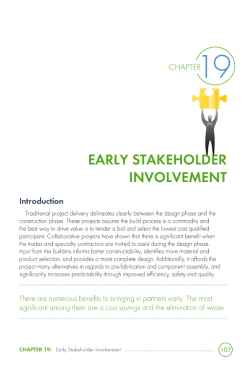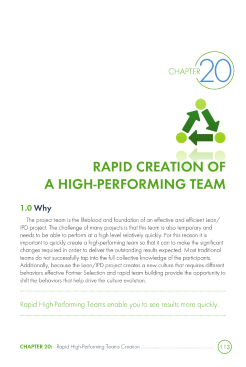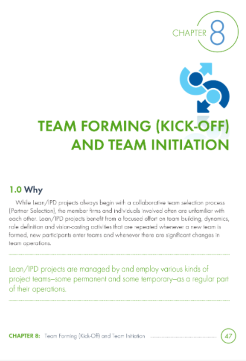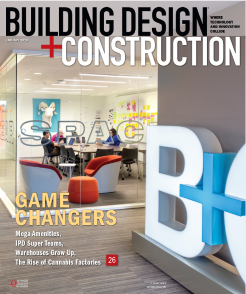Early Stakeholder Involvement
Introduction to Early Stakeholder Involvement
Most construction projects are built using what we refer to as “traditional construction project delivery.” Through these models, the design team, the construction team, and trades involved in a project operate using separate contracts with the owner and do not often interact with one another.
This type of construction contract structure might seem easier and cleaner for the owner – particularly one who wants to maintain control of the project – but this approach can actually lead to high amounts of waste as teams are forced to work within assigned parameters, abiding by decisions made by someone else.
Additionally, teams who are focused solely on their own piece of the project are more prone to making decisions that benefit their individual team rather than the project as a whole. In this instance, there is no incentive for increasing the value added to the final outcome. In the end, this leads to a worse outcome for both the owner and the contracted teams.
This silo mentality is extremely damaging to the industry as a whole and is a major reason why the vast majority of projects are completed late and over budget.
Integrated Project Delivery (IPD) aims to break down these silos and forces all parties to the table in an effort to encourage collaboration and innovation, significantly lowering project costs and reducing waste. IPD projects achieve this by incorporating all team members onto a single contract, aligning everyone’s goals and providing the incentive for teams to make decisions that benefit everyone involved.
In order to achieve this, teams must be willing to engage in project stages that they may not otherwise – this means bringing the construction and trade teams into the room when design decisions are being made. In this new workflow, the “design phase” and “construction phase” often blur together as teams collaborate and make decisions to progress the project forward.
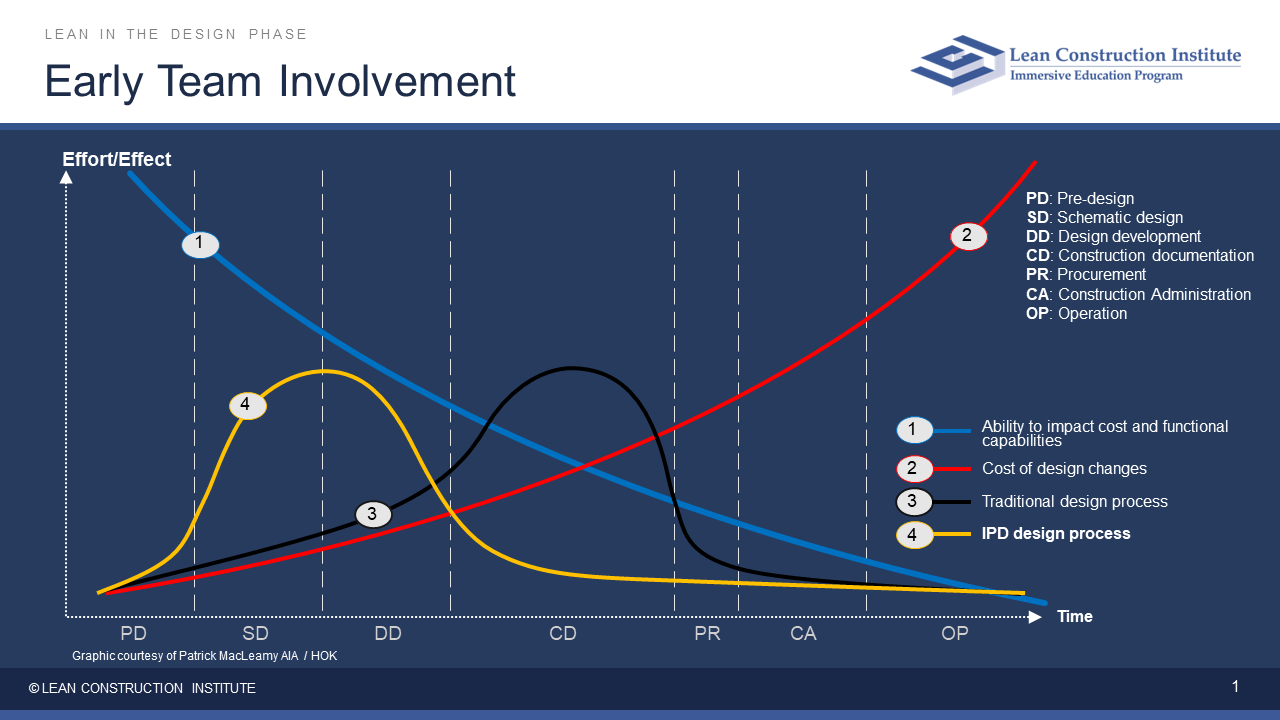
What is Early Stakeholder Involvement?
Early Stakeholder Involvement is the concept of engaging all stakeholders of a project into the room early in the decision-making process. This includes integrating the construction team and trades into the design process in an effort to improve project outcomes.
Benefits of Early Stakeholder Involvement
1. Elimination of Waste
Perhaps the greatest benefit to integrating stakeholders early in a project is the ability of the team to eliminate waste. With all key stakeholders involved, each project team has an opportunity to supply context and provide a voice to potential issues. Early stakeholder engagement is pivotal for aligning everyone with the Conditions of Satisfaction.
Unused Creativity of Team Members, one of the eight wastes of Lean, is addressed through Early Stakeholder Involvement since all team members are able to properly weigh in on issues affecting the project.
Early Stakeholder Involvement also provides a space for the team to engage other Lean tools. With proper planning, teams can improve project outcomes through Lean methods such as Value Stream Mapping, introducing a Risk and Opportunity Register, and implementing Daily Huddles.
2. Cost Savings
With reduced waste, costs are lowered. When teams are able to collaborate early in a project’s cycle, people are able to get on the same page when planning. This greatly diminishes rework.
The increased transparency that follows from introducing stakeholders to a project early also leads to stronger budgetary planning. This makes cost estimating far more reliable.
3. Increased Predictability
In addition to cost predictability, the predictability of logistical aspects of a project such as design timelines, material deliveries, and the direct involvement of the construction and trade teams improve with Early Stakeholder Involvement.
Introducing all stakeholders to one another early in the process also strengthens lines of communication, which allows people to create more effective plans and schedules that all team members can abide by. The collaboration of these teams also allows an opportunity to form contingency plans for when things do not go as expected, reducing the waste that such a risk may cause.
4. Stronger Team Cohesion
Teams who communicate will necessarily understand one another more. This will decrease the instance of finger-pointing when things do not go as planned, which reduces the drama and waste associated.
5. Integration of Prefabricated Solutions
With the design, construction, and trade teams working together to plan the project, the project team is able to consider new solutions, such as using prefabrication for materials and tools. Prefabrication has many benefits, including increased control over logistics and lowered project costs.
6. Innovation
The opportunity to innovate is one of the strongest benefits of utilizing Integrated Project Delivery. By involving more team members early in the process, innovative ideas have a space for discussion and consideration.
7. Greater Accountability
With every key stakeholder involved in the process early, players are better able to understand their role in the project. Since everyone is tied to the same contract with the same goals and incentives, everyone is held accountable for the success of the project.
Integrating Stakeholders
The biggest questions remain: Who do you involve in the project, and when do you involve them?
This decision should be value-based – in other words, who can provide value when? Involve selected members in working sessions to gauge their ability to thrive in this environment. Continue to re-evaluate and hone the team in the spirit of Continuous Improvement.
Be cognizant that for many, this may be the first time members are involved in a project utilizing Integrated Project Delivery, and that these sessions may need to involve training on how to effectively work in this setting.
Additionally, be aware that Early Stakeholder Involvement may lead to increased upfront costs as compensating team members for their involvement in the design phase is paramount – but the overall project costs will greatly decrease in the end.
The Essentials for Partner Selection
Team Strength
Your team’s strength is based on the technical capability of each individual partner. Each partner’s strengths and weaknesses should be considered, with the weaknesses of one person being a strength of someone else’s to create a balanced team.
Team Chemistry
If team members cannot get along, the team will not perform. Strong team chemistry is perhaps the most important trait to consider – healthy disagreement can lead to innovation, but destructive conflict can cause irreparable damage to the team.
Willingness to Learn
Your team must be composed of individuals who are intellectual thinkers, the kind of people who see something new as a welcome challenge. Target Value Delivery can be difficult for people to grasp on its own. Your job will be even more difficult if you need to dedicate significant resources talking people into it being worthwhile in the first place.
Innovation
Creativity is an ingredient that can lead to incredible things. Your team members should be creative problem-solvers who are unafraid to try new ideas. This goes hand-in-hand with leadership, as strong leaders are the type of people who are willing to try something new and lead the charge.
Understanding of Commercial Terms
Your team members should have a strong depth and breadth of knowledge as it pertains to their particular fields of expertise. A complete understanding of commercial terms is essential for all partners.
Lean Assessments
How strong is your Lean knowledge? Take a Lean assessment to determine your current state so you have a baseline for improvement. Lean assessments are available for individuals, teams, and organizations alike. Whether you’re new to Lean or are an experienced Lean practitioner, Lean assessments are a great way to get started at LCI!
TAKE ASSESSMENTLean Construction Resources
More Lean Topics
From 5s to IPD, explore popular Lean design and construction topics below.

